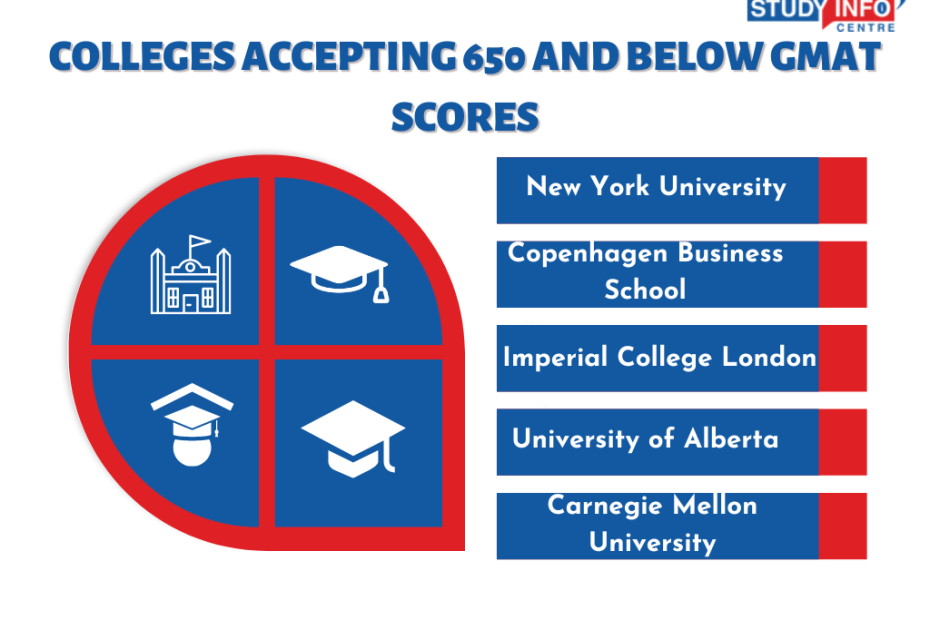As a career consultant and language expert guiding business school aspirants for over a decade, I’ve watched the GMAT evolve—but its purpose has remained the same: to test how well a candidate thinks, reasons, and communicates under pressure.
Whether you’re aiming for an MBA at Harvard, a MiM in Europe, or a dual-degree program in Asia, the GMAT remains a critical benchmark for admissions committees and scholarship boards alike.
This guide is designed to be clear, strategic, and actionable. If you’re serious about business school, read this end-to-end.
What is the GMAT?
The GMAT (Graduate Management Admission Test) is a standardized test designed specifically for admission to graduate-level management programs like the MBA, Master in Finance, or Master in Management (MiM).
It is developed by the Graduate Management Admission Council (GMAC) and used by more than 7,000 programs across 110+ countries.
GMAT Focus Edition (2024 Onward): Structure and Format
In 2023, GMAC launched the GMAT Focus Edition, which replaced the traditional GMAT format. This new version is shorter, more efficient, and better aligned with real-world business thinking.
Total Test Time: ~2 hours 15 minutes
Total Score Range: 205–805
Sections (Each scored 60–90 min):
- Quantitative Reasoning (QR) – 21 questions in 45 minutes
- Verbal Reasoning (VR) – 23 questions in 45 minutes
- Data Insights (DI) – 20 questions in 45 minutes
No Essay Section, no Integrated Reasoning, and no Analytical Writing. These were removed in favor of focusing on core skills.
Score Breakdown:
- Each section is scored from 60 to 90.
- Combined score is scaled to a range between 205 and 805.
Why the GMAT Still Matters
Despite the rise of GRE-accepting business schools, the GMAT:
- Signals your seriousness about business school
- Offers score preview and selective sending (ScoreSelect)
- Holds weight in merit-based scholarships
- Is preferred by many top-tier business schools, especially in the U.S.
GMAT vs GRE: Which One Should You Take?
| Area | GMAT Focus | GRE |
|---|---|---|
| Preferred for MBA | Yes | Accepted but not preferred |
| Quant | Logic-heavy | More math-heavy |
| Verbal | Reasoning & structure | Vocabulary-based |
| Test Design | Adaptive per section | Adaptive per question |
| Score Validity | 5 years | 5 years |
If you’re committed to business school, especially top-20 MBAs, take the GMAT.
What Scores Do You Need?
| B-School Tier | Target Score (GMAT Focus) |
|---|---|
| Top 5 (Harvard, Stanford, Wharton) | 685–755 |
| Top 10 (Kellogg, Booth, Haas) | 655–725 |
| Top 25 (UNC, Georgetown, Kelley) | 605–675 |
| Decent MBA programs | 555–615 |
Note: GMAT Focus Edition scores are not comparable to the old GMAT’s 200–800 scale. A 705 GMAT Focus score aligns roughly with a 730 on the old scale.
Case Study: How Maya Cracked the GMAT Focus Edition
Background:
Maya, a software developer from Atlanta, had a 3.2 GPA from a state university. She dreamed of breaking into product management through a top MBA program.
Initial Diagnostic:
Quant: 56
Verbal: 64
Data Insights: 59
Overall: 580 (Target: 700+)
Step-by-Step Plan (3 Months):
- Weeks 1–2: Assessment + Foundation
- Took diagnostic using official GMAC prep tool
- Focused on quant basics: ratios, algebra, and word problems
- Started CR and RC verbal drills using Manhattan Prep
- Weeks 3–6: Practice + Strategy
- Scheduled 2 timed sections per week
- Built error log for wrong answers
- Used GMAT Focus Official Guide and TTP (Target Test Prep)
- Weeks 7–10: Full-Length Tests
- Took 5 full-length, timed GMAT Focus Edition tests
- Reviewed pacing: Quant was her bottleneck
- Did focused review for Data Insights using GMAT Ninja resources
- Week 11: Score Simulation and Exam
- Scored 705 on GMAC official mock
- On test day: 45 mins each section, stayed calm, focused, and didn’t overthink DI graphs
Final Score:
705 (QR 67, VR 69, DI 66)
Admitted to Ross School of Business (University of Michigan) with partial scholarship
Section-Wise Prep Strategy
Quantitative Reasoning (QR)
- Focus on logic-based problem solving
- Arithmetic, algebra, ratios, percent, statistics
- Practice mental math and estimation techniques
Resources:
Target Test Prep (TTP), GMAT Club Quant, GMAC Official Guide
Verbal Reasoning (VR)
- Focus on reading comprehension, critical reasoning, and grammar logic
- No sentence correction in GMAT Focus
- Time management is crucial—spend no more than 2 minutes per question
Resources:
Manhattan Prep Verbal, Powerscore CR Bible, GMAT Ninja
Data Insights (DI)
- Tests integrated reasoning: tables, graphs, and text logic
- Similar to real-world data interpretation in business
- Excel or case-study mindset helps here
Resources:
GMAT Official Practice, GMAT Club DI thread, 700+ Level DI sets
Study Timeline Recommendations
| Timeframe | Weekly Hours | Ideal For |
|---|---|---|
| 2 months | 12–15 hours | Experienced test-takers |
| 3 months | 8–12 hours | Average prep window |
| 4–5 months | 6–8 hours | Working professionals or low baselines |
Take at least 2 full-length tests in the last month. Use error logs to spot patterns in mistakes.
Test Day Strategy
- Arrive early, stay hydrated, eat well before
- Use your optional breaks smartly
- Don’t obsess over one hard question—move on
- After the test, preview your score before deciding to send it
Final Advice from a Career Consultant
The GMAT is not just a test of intelligence—it’s a test of resilience, preparation, and strategic thinking.
A good GMAT score can:
- Offset a low GPA
- Boost your scholarship chances
- Strengthen your overall MBA profile
But remember—it’s only one piece of the admissions puzzle. Your story, work experience, and goals matter too.
As with Maya, the key is not just hard work but focused work. Prep with intent. Track your data. And simulate real test conditions early.
Success on the GMAT comes down to this: Understand the test. Own your strategy. Execute with calm precision.
